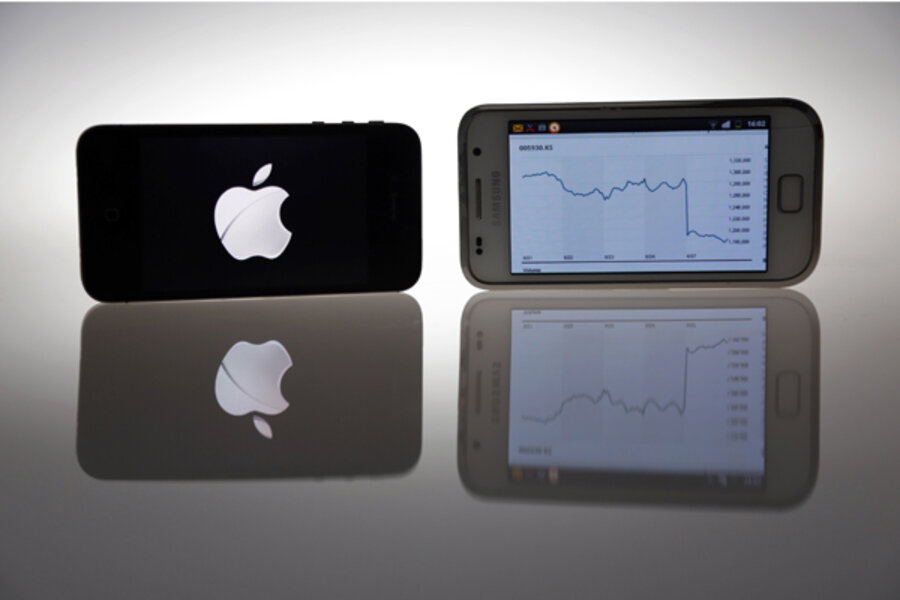How to grab a screenshot on a Mac, PC, iPhone, and Android
Loading...
Capturing what's on a computer screen and saving it for later – often called a screenshot – can be a really helpful way to archive online order confirmations, grab a single frame from a family video, or show your company's tech staff what exactly is going wrong with your computer.
Every device handles screenshots a little differently, so here's a quick how-to guide.
Apple computers: Macs allow for two different kinds of screenshots.
You can snap an image of the entire screen, including every visible window, all of the menu bars, and even the position of your cursor. Doing this is easy. Hold down the Apple, Shift, and 3 keys all at the same time. You'll hear the sound of a camera shutter, and a new image file (your screenshot) will appear on the desktop. The shot is now yours to archive, e-mail, or print.
If you don't want to capture the entire screen, Apple also lets you take a screenshot of just a section of the screen. This takes a few extra steps. Start by holding down the Apple, Shift, and 4 keys. The mouse cursor will turn into a cross hair, signifying that it's ready to take your screenshot. Click once in the top-left corner of what you'd like to capture and click a second time in the bottom-right corner. You'll hear the same shutter snap, and the image file will appear on the desktop.
Windows XP and 7: To take a screenshot of everything that appears on screen, press the Print Screen button on your keyboard. Unlike Apple, this will not create a new image file. Instead, you need to open Paint or another image-editing program and select Paste from the File menu. Your screenshot will appear, and you can then save the image however you like.
Windows 8: You can still use the trick listed above, but Microsoft added an additional way to take a screenshot. Press the Windows and Print Screen keys at the same time. This creates an image file automatically, so there's no need to open and paste into a separate program. Windows 8 saves screenshots in the Pictures folder, filed under Screenshots.
Android: Since there are many different kinds of Android phones, there are also many different ways to take a screenshot on one. Some phonemakers built in simple ways to take screenshots. Others made it rather obtuse.
Google streamlined the process with Android Version 4.0, which came out in late 2011. (You can check which version you have by opening Settings and selecting About Phone.) If you're using Version 4.0 or later, press the Volume Down and Power buttons at the same time. The phone will save your image in the Screenshot section of the Gallery app.
iPhone, iPad, and iPod Touch: Click the Home button and the Sleep/Wake button at the same time. The screen will flash white, confirming that the process worked. You can find your new screenshot in the Photos application, under Camera Roll.
For more on how technology intersects daily life, follow Chris on Twitter @venturenaut.
The original version of this article ran in the February 4 issue of the Christian Science Monitor magazine.






